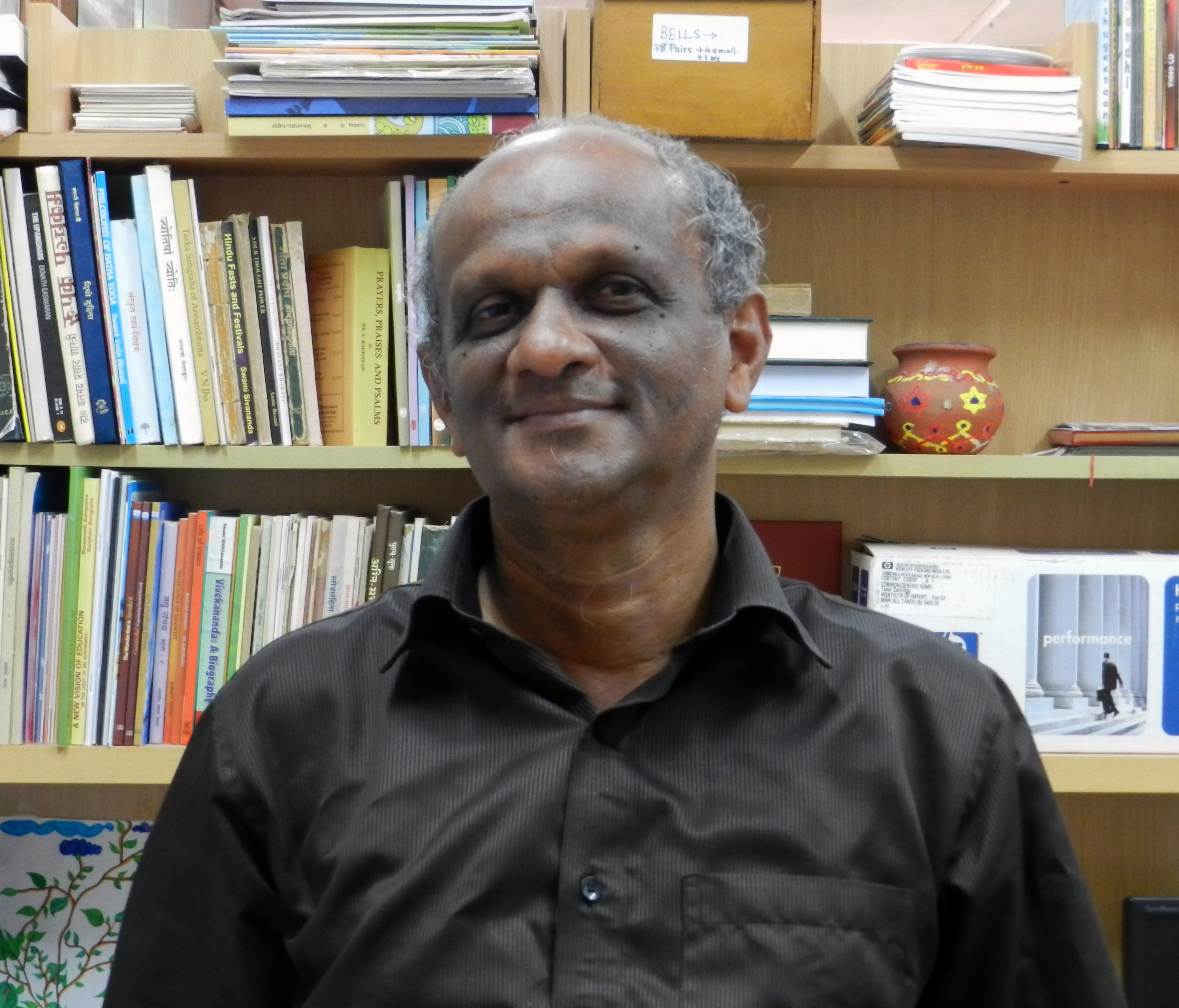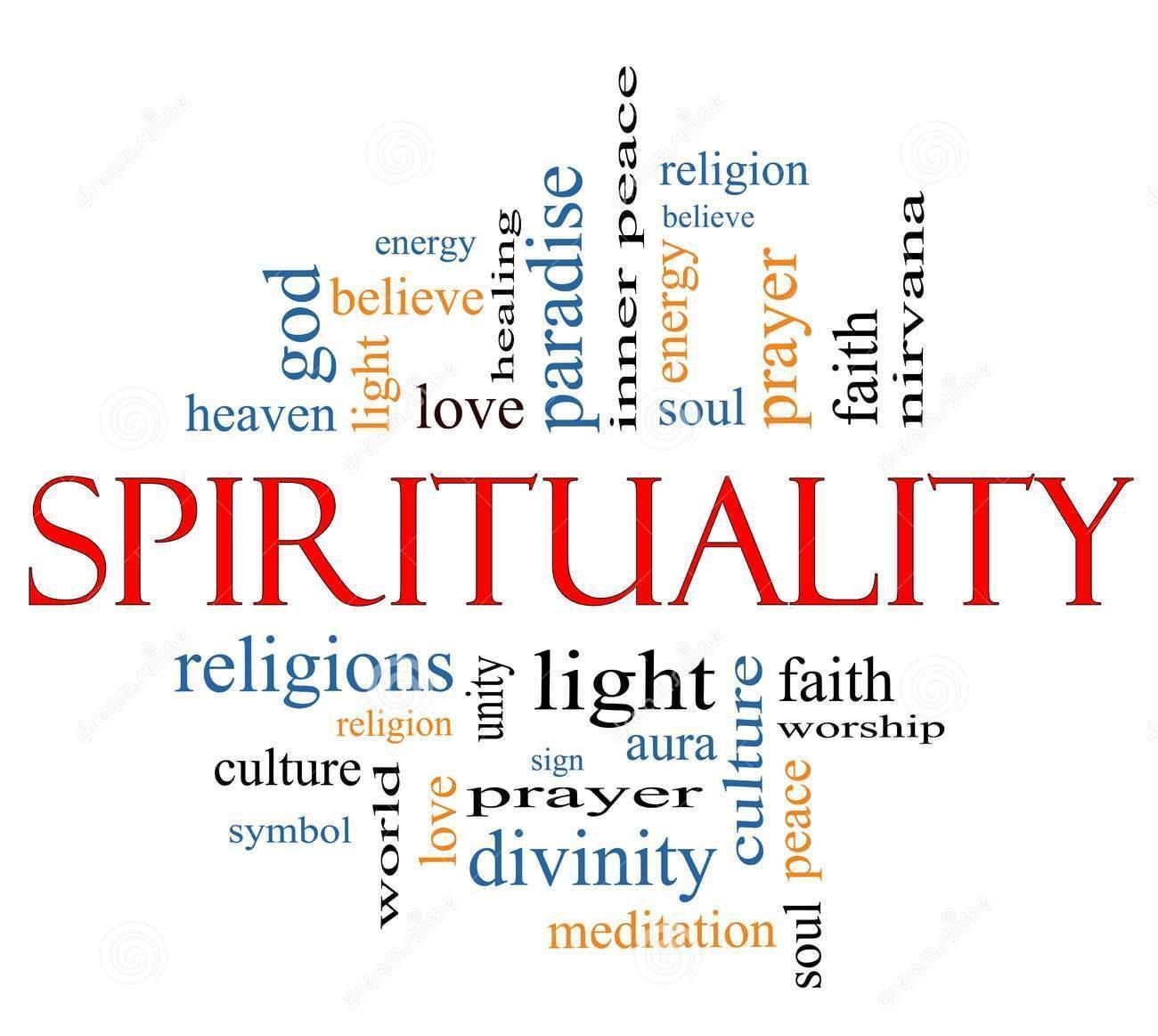Kṛṣṇa calls different names suitable to the context of the message, answers guidance, clarifications, assertions and more by suitable expressions appealing and awakening the need of the situation. Arjunā’s quest and doubts are removed saying that he will not be a killer and a sinner however. He would not be a sinner by fighting and defeating his own kith and kin even though he kills them. The names thus with which Arjunā was called by Kṛṣṇa are these: Internal evidence shows that Arjunā’s character is screened and real expectations are awakened in Him. Actually he shirked to fight gripped by Klaibya and Hrudaya-daurbalya. He got into the crisis of moha and loss of smṛti in respect of bounded duty as kśatriya.
Anagha : Pure. Sin free Arjunā is afraid that due to war fighting he would be sinner. Kṛṣṇa with this call assures he is not getting sin when he attends kśatriya dharma at that juncture.
Anasuya : Not having jealous normal.
Arjunā : White, pure clean slate ready to grasp and ready to be instructed rightful ways of action, opened for corrections.
Bharatasreshtha : Best among citizens of bharat the native land.
Bharatasattama : Strong enough among the citizens belonging to Bharat.
Bharatarshabhha : He belongs to Bharata clan and he thus Bharatas. He is best among such group of native men.
Bharata : He is native of Bharat. Here the love and commitment to the devotion of Bharat in securing the Dharma in the land. This name is used as addressal to Arjunā by Kṛṣṇa three times to awaken the rāṣtrabhakti in him.
Dehabhrtamvara : Best among all holding to the body and its nature and behavior.
Dhananjaya : Victor in the battles and bring good booty after the war to the masters of his support. A war is called as dhana samsad.
Gudakesa : Victim of the influence of the senses. Loses control over senses and emotions ordinarily.
Kapidhvaja : Having Hanuman over his flag on the top of his chariot.
Kiriti : Known for victory always the kiritas, crowns of kings are unstable when he goes to fight while his kirita remains firm, success is sure.
Kurupraveena : Best among the people of the Kuru vamśa he is best.
Kurunandana : He is the son of Pāndu of the Kuru family. He would be delight to the Kuru family. He delights the Kurus with his exploits too.
Kurusresrehtha : He is eminent among the warriors of the Kuru dynasty.
Kurusattama : Better person among the Kuru People.
Kaunteya : Son of Kunti attached by sentiments, land and family.
Mahabahu : Strong shouldered symbolic to signify the irresistible strength in his bahus that wields weapons. So he can fight long in the war with out fatigue but with success usually.
Maasucah : Pure . cf., Kṛṣṇa assuring Arjunā that he would relieve him from sinning (Aham tvaam sarvapāpebhyo mokshaishyāmi 18.66) Kṛṣṇa ensures that war and success would not defile him at all. He is agree to get reward unaffected. Only once Kṛṣṇa complements thus like the calling Arjunā as Taata.
Manada : Provider of respect to the other recognizing their honour.
Paramtapa : He severs enemies and enhances their fear and defeats them.
Pandava : Belonging to the children of Pandu raja. He takes the name of his father who ruled the land in place of his brother Dhrutarashtra.
Pārtha : He is earthly and having all ordinary human qualities known for attachment and emotions. Also means a royal person.
Purusharshabha : He is best among Purushas, the Men , the warriors.
Savyasacee : Capable of fighting in the war with both hands with equal felicity. This is unique fame to Arjunā. He reached top in that skill in war.
Taata : Boy innocent and affectionate to elders. Affectionate calling only once the name is used by Kṛṣṇa. One who does well shall never fall and be a sinner.
All these names referring Arjunā and his capabilities and eminence as recognized by Kṛṣṇa go to screw up the mood and remove dispiritedness in him. All that gripped him temporarily. It is ‘nāma mahimā’; that appeal and awakening got ignited. That quality in the individual names addressed to Arjunā reminded the commitment he had at an hour of crisis when his participation was a keynote for protecting dharma. Therefore the action depends upon the kind of addresses made to the concerned individual to wake up and give up shiredness. Lord Kṛṣṇa had done this sensitively that Arjunā realized his duty.

These names when we reflect, we realize they speak the personal and impersonal antecedents and features latent in each other. It lends scope for improvement in the respective perspectives of personalities. When Kṛṣṇa’s names are seen they are suggestive that the Lord is human and divine but committed to make the human- a human caring dharma from their ends. Actually some of the features of them look common to all. Humans are placed in different circumstances and situations in life. They are marked by their Jāti, Varṇa, Deśa, kāla and such miscellaneous occasions. Gitā containing the words of Lord Kṛṣṇa resolve and action that is warranted is activated. Need be viewed that it is a text relevant for us. There is lot of appeal to conscience and nature. Arjunā is no different from us. We are like him only always facing doubts and fears of sin and follies.
There is scope for awakening and appeal for action. We can lead a life of fulfillment in case we get chance to have a learned person to counsel us. To be modern, we may cite Vivekananda who maintained a word of awakening thus : ‘Arise, Awake , Stop not until the goal is reached’. We are the servants of Rama-Kṛṣṇa. Here Kṛṣṇa signified by work and extra skill to accomplish the validity and establishment of dharma. We are all the children of immortality (amṛtasya putras vayam). We obtain Mukti. If the yogas 17 of the Gitā are understood and practiced, viṣāda vanishes. It is true. Viṣāda is the foundation of improvement. Birth is viṣāda (sorrow).
Gitā impresses reality and facts relevant in our own day to day circumstances. We have dialogues participated by Sanjaya and Dhṛtarāśtra to begin with. Therefore Bhagavadgitā is for Action, Vidura Niti is polity and Vishnu Sahasra Nāma Stotra is for peace and Sanat Sujatīyam is for relief and Liberation. These four portions of Mahābhārata are regarded as Gems (Ratnas) of Mahābhārata. A study of the names of Kesav-Arjunās remains a source for personality awareness and progress to move to perform destined action and stand an example to world.
Prof. C.L.Prabhakar, President, Bangalore Chapter, WAVES-India.



 The main theme of his studies and research is to evolve an integral-spiritual approach to human development and its application to various fields of knowledge and activities of life with a dominant interest and focus on Management, Psychology, Social Sciences and Indian Culture. He is the editor of e-magazine in management published by SAFIM: Fourth Dimension Inc. Towards Integral Management. His blog page:
The main theme of his studies and research is to evolve an integral-spiritual approach to human development and its application to various fields of knowledge and activities of life with a dominant interest and focus on Management, Psychology, Social Sciences and Indian Culture. He is the editor of e-magazine in management published by SAFIM: Fourth Dimension Inc. Towards Integral Management. His blog page: 
